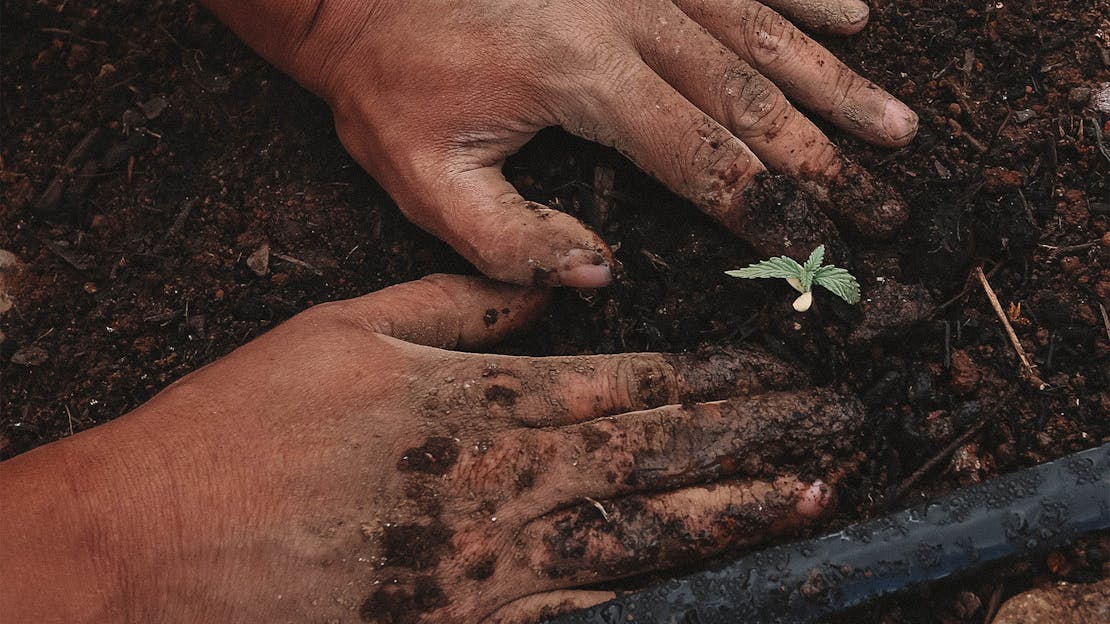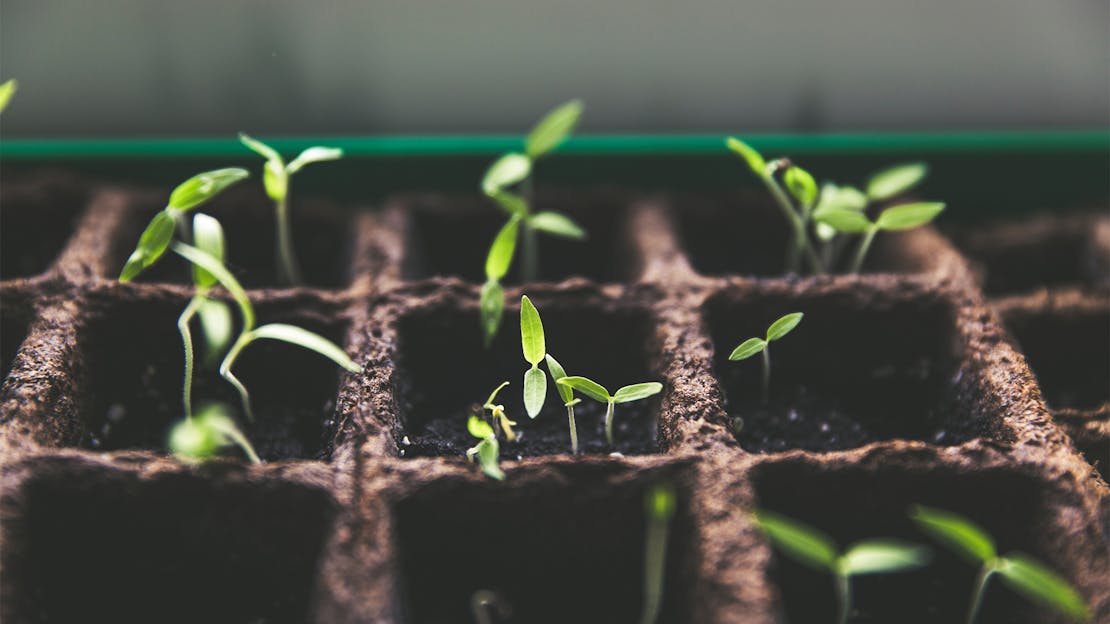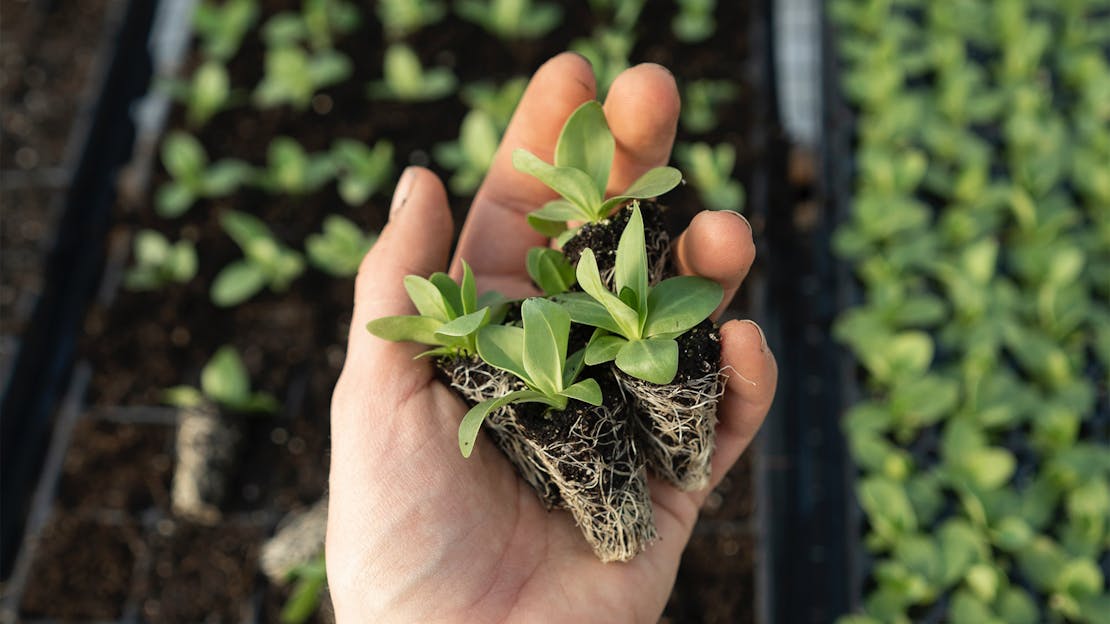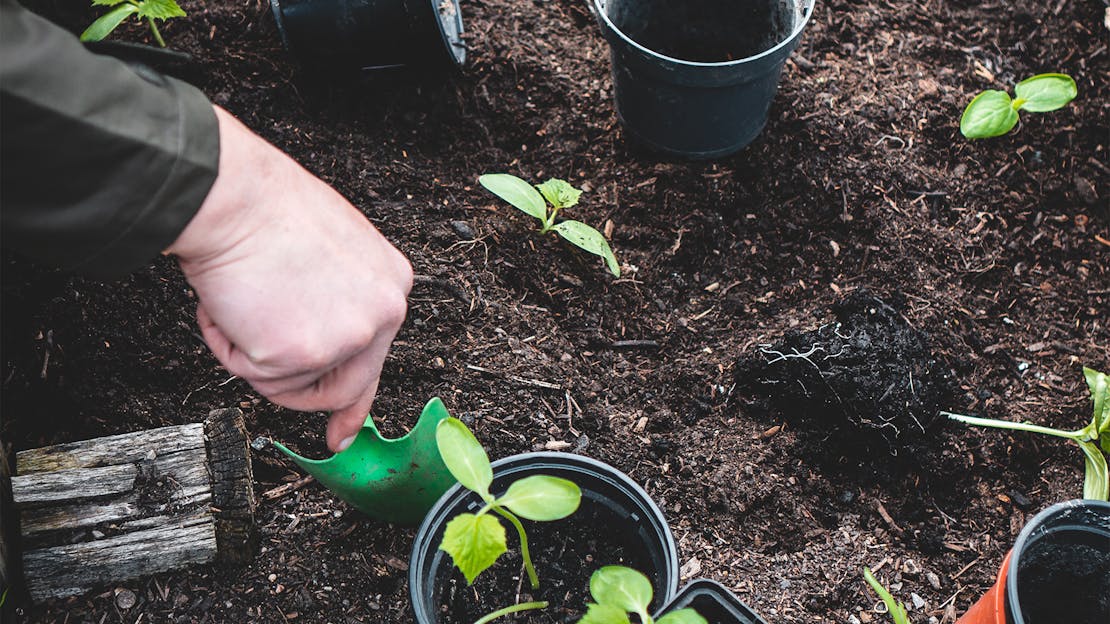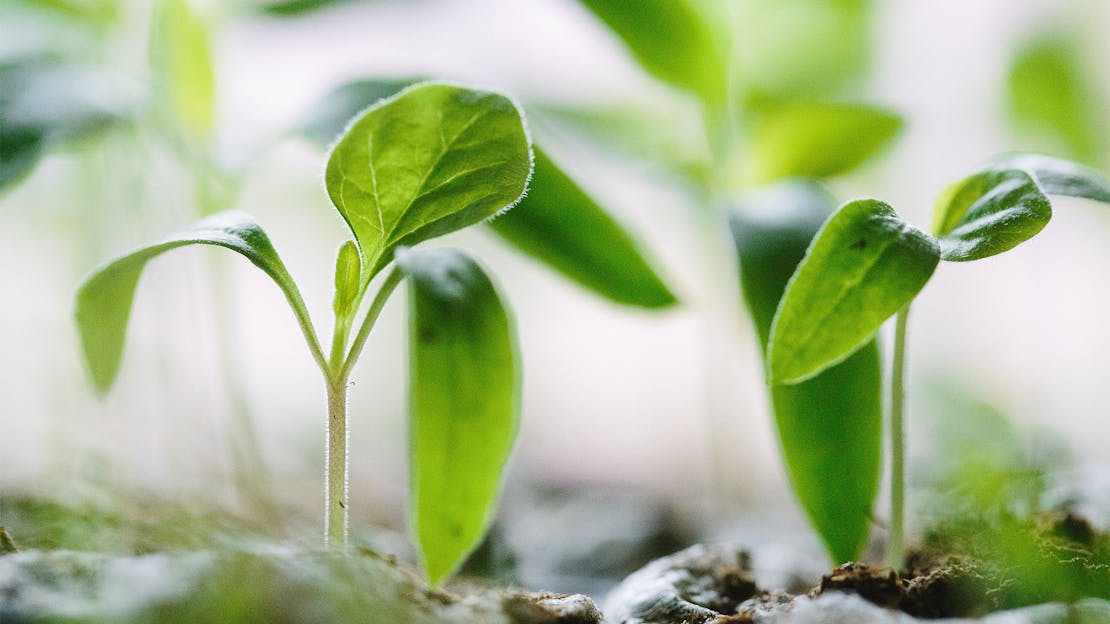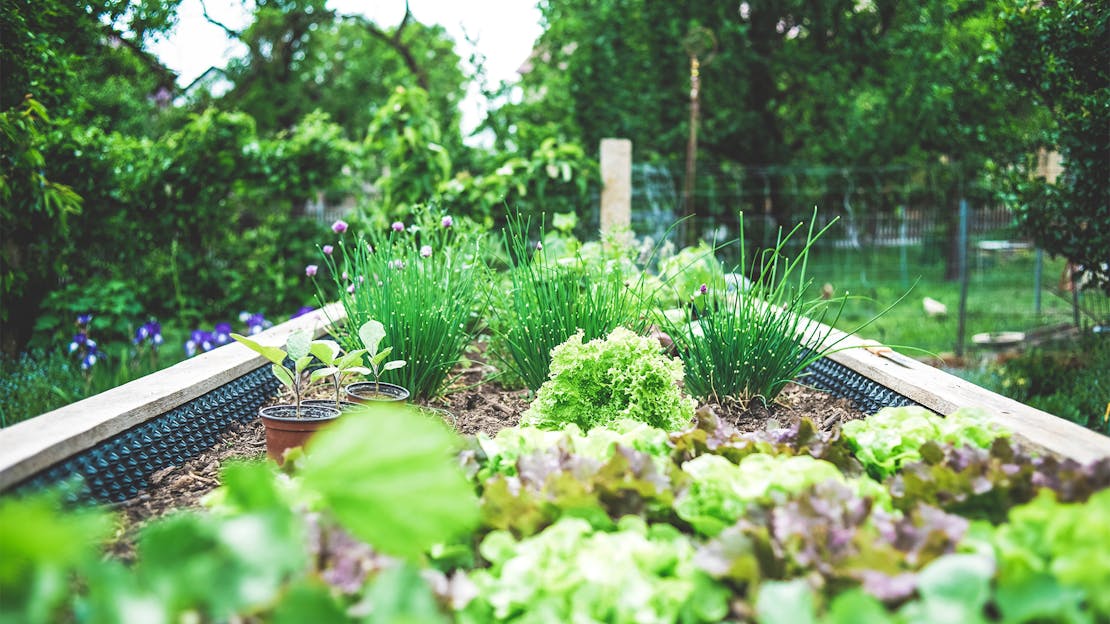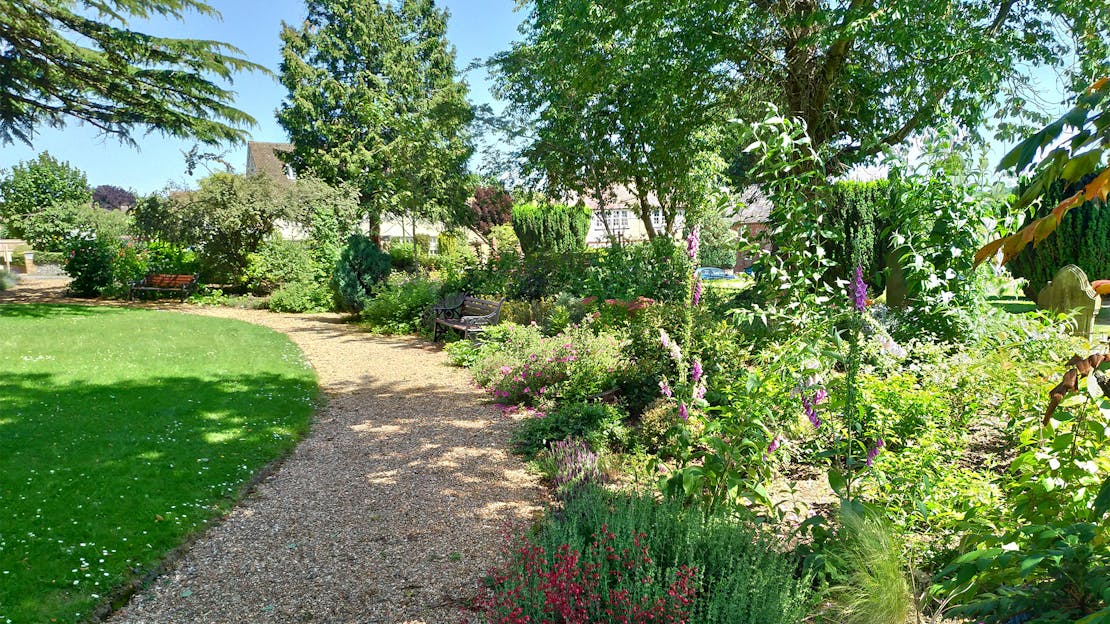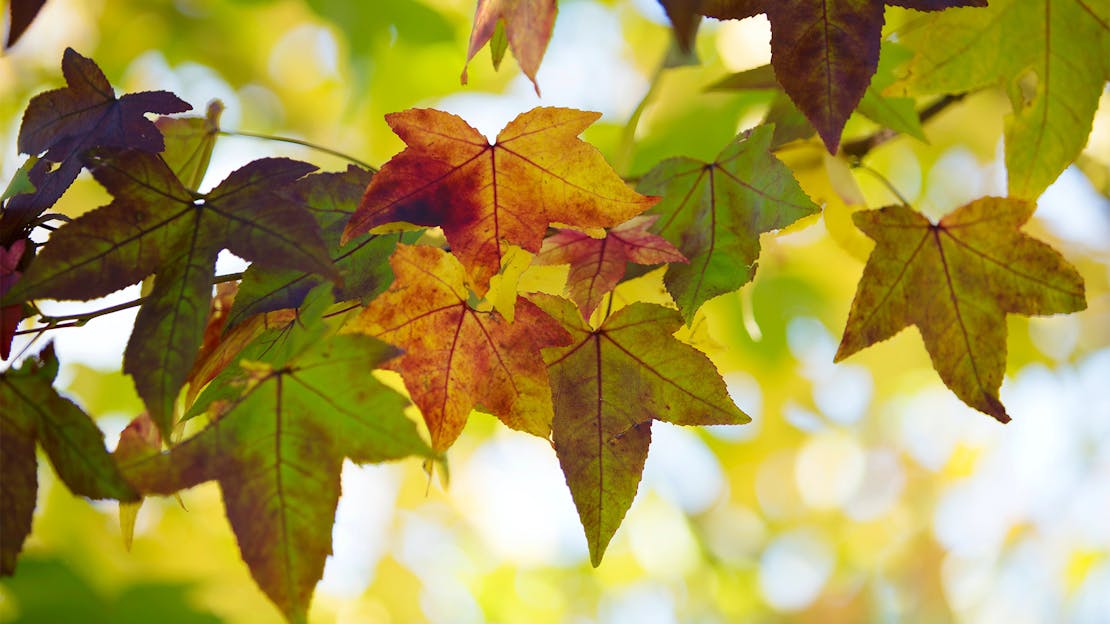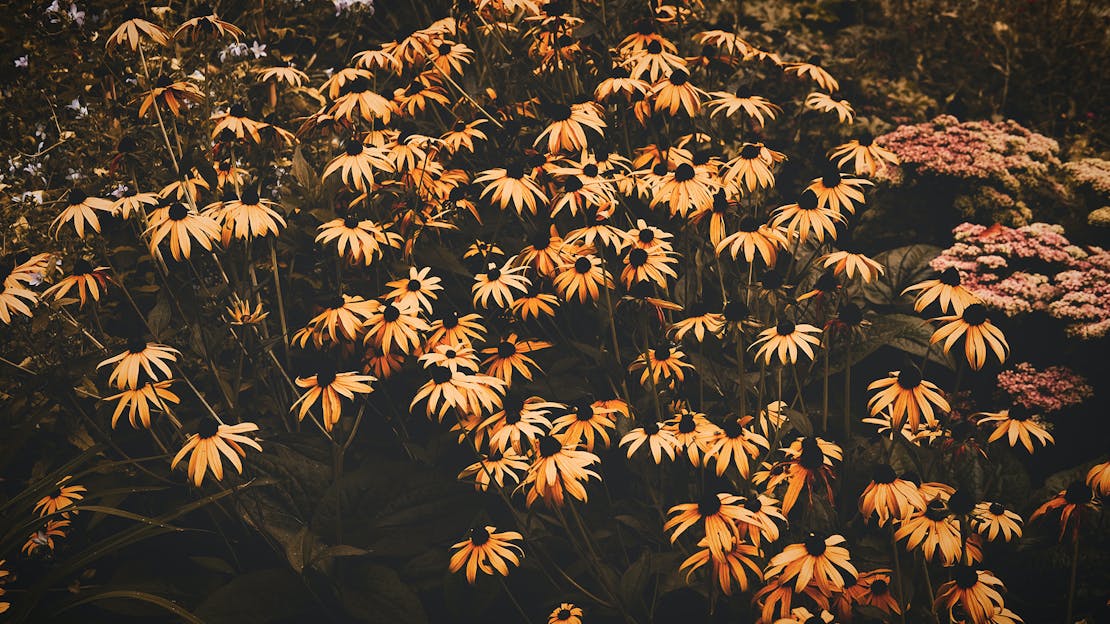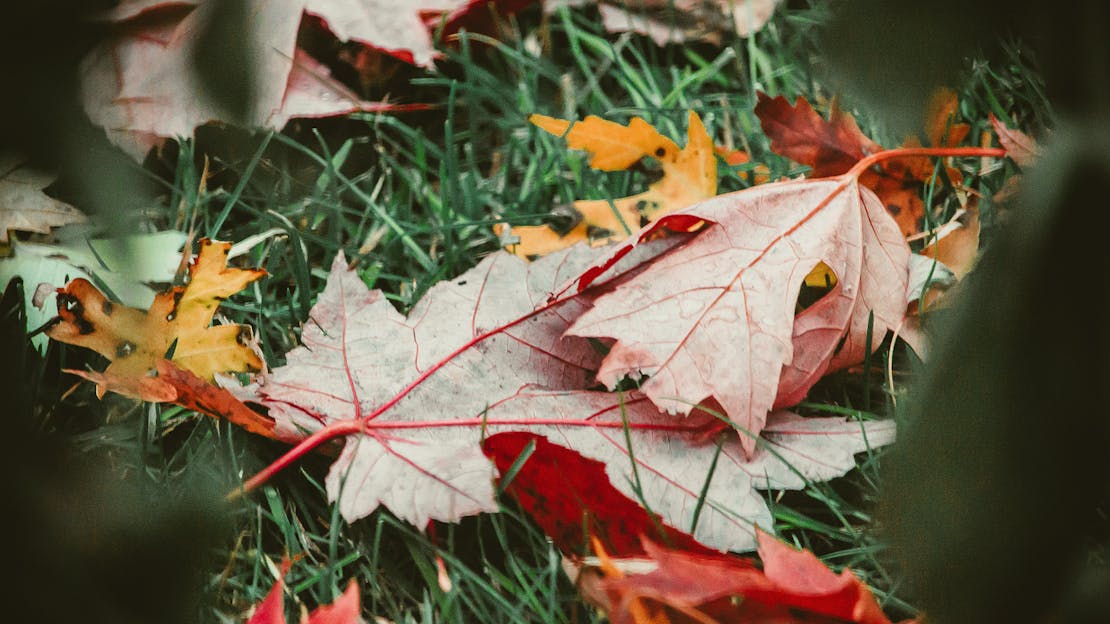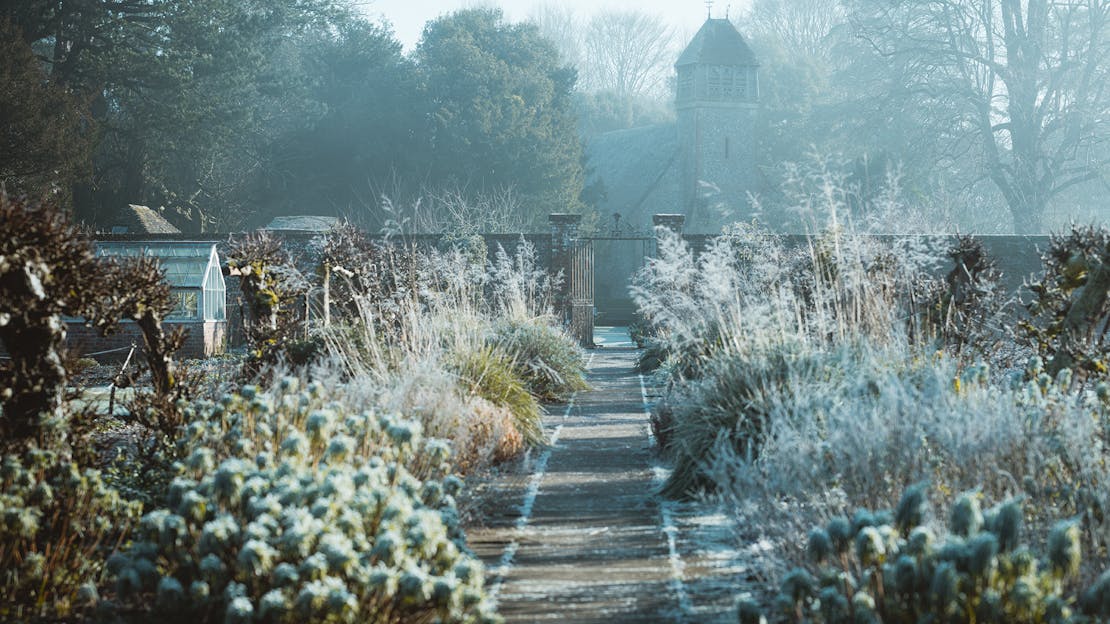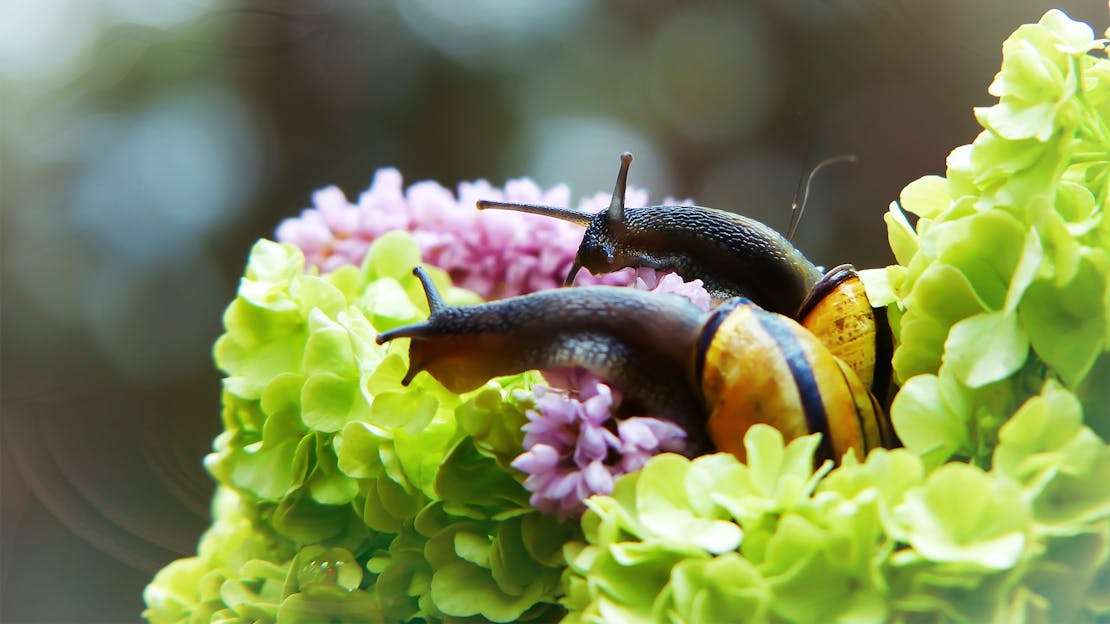
Garden Diary - July
July is a busy month for your garden, as summer is here and everybody and everything is making the most of it! While for humans this can mean a nice day out at the beach, for wildlife this means growth! And your garden is no exception, which means that you have plenty of jobs to keep yourself busy with this summer.
Maintenance & Protection
Starting with maintaining and protecting the hard work you have already put into your garden so far. Check over your borders and beds, making sure to hoe or weed regularly to make sure that no weeds manage to seed. Also continue mowing your lawn as you will find it growing rapidly at this time of year, after which you can then use a lawn clearing and feeding product to get rid of any moss and keep it in tip top shape. If you have a pond or other body of water you will need to scoop out any algae or pond weed before it can flourish.
You will also need to keep an eye out for any pests that may be skulking around in your garden. These can be pests such as slugs, snails, aphids, lily beetles and vine weevil, these all need to be removed before they can multiply. Several crops are also more susceptible to infestations, such as runner beans, that need to be regularly checked for aphids and washed off if you find any. If you are having a particularly hard time with pests it might be time to invest in some high quality pest control products. Other plants can benefit from a little extra protection with the entire brassicas family benefitting from a fine net covering to prevent infestations. If you spot any pests, the quicker you deal with them the easier they will be to deal with.
Next we’ll discuss steps you can take to keep your greenhouse fresh. Starting with opening any vents or doors on warm days, to help improve ventilation and keep your plants cooler.
Similarly you can also water your greenhouse floors on hot days to increase the humidity. Keeping your greenhouse tidy is an important step in fighting diseases and pest infestations, make sure to regularly clean up any debris and sweep floors so nothing can take root. If you have spare time you could also set up an automatic watering system for your plants so you can spend less time watering them.
While this isn’t a time to neglect your indoor plants, as these will not only need to be regularly watered, they can also benefit massively from being cleaned off from dust and grime. You can do this outside with a garden hose or a little more carefully with a spray bottle and a non abrasive cloth. Any bits that need to be cut off can also be added to your kitchen and garden waste, which will work great for compost with your future plants. Similarly if you have any Comfrey plants, these can be cut up and turned into a liquid feed. Also, keep an eye out for any water you have outside in your garden, such as bird baths, ponds and water features, as these can all use water in high heat and might need to be topped up on sunny days.
Encouraging Plant Growth & Flowering
All of your plants are really starting to flower now but why not make sure they stay flowering for longer with brighter and more colourful blooms. Firstly plenty of plants can benefit from a nutrient rich feed, such as dahlias, summer bedding, roses, hanging baskets, etc. Similarly there are a number of crops that thrive with a high-potash fertiliser, such as tomato fertiliser. This includes tomatoes, cucumbers, chillies, sweet peas etc. This feed can be applied every fortnight if the crop is in a container all the way through to autumn, this includes hanging baskets, grow bags, tubs, plant pots, etc.
While keeping your plants well fed can give you better blooms and crops, your plants' very survival is directly linked to water and at this time of year a lot of the plants in your garden will be struggling. So making sure all of your plants and crops get enough water is vital to their continued growth and stability, especially on hot days. Not only is this important for potted plants but also all the plants within your garden, including hedges, trees, shrubs, flowers, crops, etc. Especially thirsty plants include courgettes, tomatoes, celery, fruit trees, perennials and any new plants. A bedding of mulch, bark chippings or other moisture holding topping will help to greatly reduce the amount of time you will need to spend watering your plants.
To help plants such as dahlias have a sturdy growth, you will want to tie their stems to supports as they grow. Summer bedding, roses, annuals, will also need to be deadheaded regularly, similarly cutting back summer perennials that have an early flowering can be cut back for a second flourishing. Leafy plants such as Coleus’ can also benefit from having their flowers picked to help maintain their colourful leaves.
Crops can also use a hand at this time of year, with sweet peas needing regular watering as well as any seed pods and flowers picked. Following this cucumbers benefit from having their stems tied to supports and having any side shoots pinched out. Don’t forget about your courgettes either, which will need to be picked before they turn into marrows.
Pruning
With everything growing in July there is quite a lot of pruning that needs to be done starting with any hedges or conifers you may have. These will need trimming this time of year to keep them neat and tidy for the coming year. Fruit trees will also need any sideshoots shortened, as this helps the plant to focus its energy into growing fruits and not making itself bigger. Some fruit trees can use a little bit of extra pruning as well, such as plum trees which can be pruned once the weather becomes dryer and other heavy fruit yields can also be thinned out, removing any undersized, damaged or misformed fruits. When pruning your plants we recommend using a high quality pruner or for bigger jobs a strong pair of shears.
Other crop plants also benefit from having their sideshoots pinched out, such as plants like cordon tomatoes and other single stem crop plants. This is also the time when you want to be taking your final pickings from rhubarb, after which you can remove any flower spikes and cut it right back to its base. Lavender can also be trimmed back, although avoid damaging any old wood. You can also cut off sections for drying while doing this, which can be stored in a cool and dark spot. Finally if you have any broad beans then these can be cut down after you have taken the last of their pods, while the roots can be left to add nutrients to the soil.
Planting
Most of your plants should have been planted in the earlier months so they can bloom or produce crops at this time of year. Although there are a few exceptions that can still be planted. Starting with autumn bulbs, such as colchicum, nerines and sternbergia which can be planted in borders or various containers. Biennials such as foxglove, forget-me-nots and honesty can be planted early in july. As well as quick growing hardy plants such as carrots, soybeans and french beans that can be planted for a quick turnover of crops. Finally you can plant fast growing salad leaves, such as rocket and radishes.
Propagation
With your plants growing fervently now it is a great time to be taking cuttings and to be preparing for future months where you can plant your cuttings. Starting with softwood cuttings from shrubs such as Hydrangeas, Continus, etc. Perennials such as coleus, pelargoniums, etc can also have cuttings taken from them. As well as a huge number of household plants that can all have cuttings taken at this time of year. Finally strawberry runners can be cut from plants and planted into pots of compost to form new roots.
With that, we have covered all the jobs we have for you in July, why not see what you can be doing next month or check out our wide range of garden products!
Gardening Diaries
We have a helpful guide for every month of the year. Highlighting jobs that you can be doing in your garden, not matter the season!
![Garden Diary - January]()
In our diary we’ll cover all the possibilities though, whether you are having a warmer January or if you are waiting for the last of the frost to thaw out. We’ve got you covered.
![Garden Diary - February]()
In this diary we’ll talk about all the tasks you can be doing in February, mostly to get your garden ready but there’s also a few different plants you can be planting and seeds you can be sowing!
![Garden Diary - March]()
With March here, there are plenty of new jobs to be doing. In this guide we will be talking about all the jobs that can be done this month, now with the weather is starting to improve
![Garden Diary - April]()
In this diary we’ll cover all of the jobs you can be doing this April to make your garden truly thrive and look beautiful for the coming summer.
![Garden Diary - May]()
With May here now we’re really starting to get into Spring! Which means your garden is going to experience a boom of both plant growth and new wildlife.
![Garden Diary - June]()
With June here there’s not only a rise in sunny days and hotter temperatures but also a plethora of new jobs that can be done. In this gardening diary we’ll be going through all of the prime jobs in June
![Garden Diary - July]()
July is a busy month for your garden, as summer is here and everybody and everything is making the most of it! While for humans this can mean a nice day out at the beach, for wildlife this means growth!
![Garden Diary - August]()
It’s finally here, August, the month of cosy summer evenings in the garden and day trips to the beach. But that’s not all, the animals and plants are really thriving and your garden is teeming with life!
![Garden Diary - September]()
September is a month all about preparing for winter and getting your plants planted now so they are ready to flower come spring.
![Gardening Diary - October]()
October is upon us and is a vital time for your garden. Here’s our advice on how to keep your garden looking in tip top shape and keep those spring flowers protected for their spring bloom.
![Gardening Diary - November]()
November is fast upon us and it's vital to get your garden ready for winter. The cool frost will be fast spreading across your beds and borders.
![Garden Diary - December]()
Not many people think there is much to do in the garden during December. However, there's still a lot of work to be done maintaining, caring and tending to the garden to keep it in its best shape.

